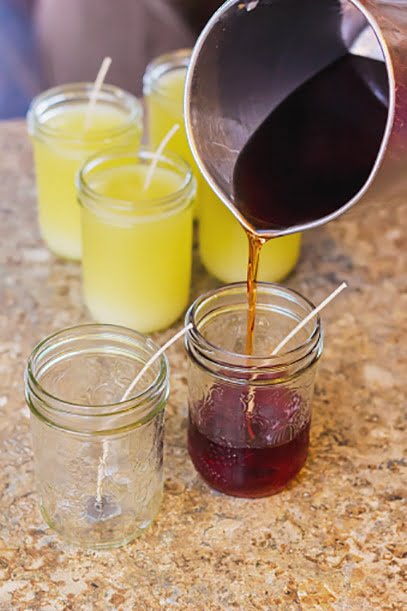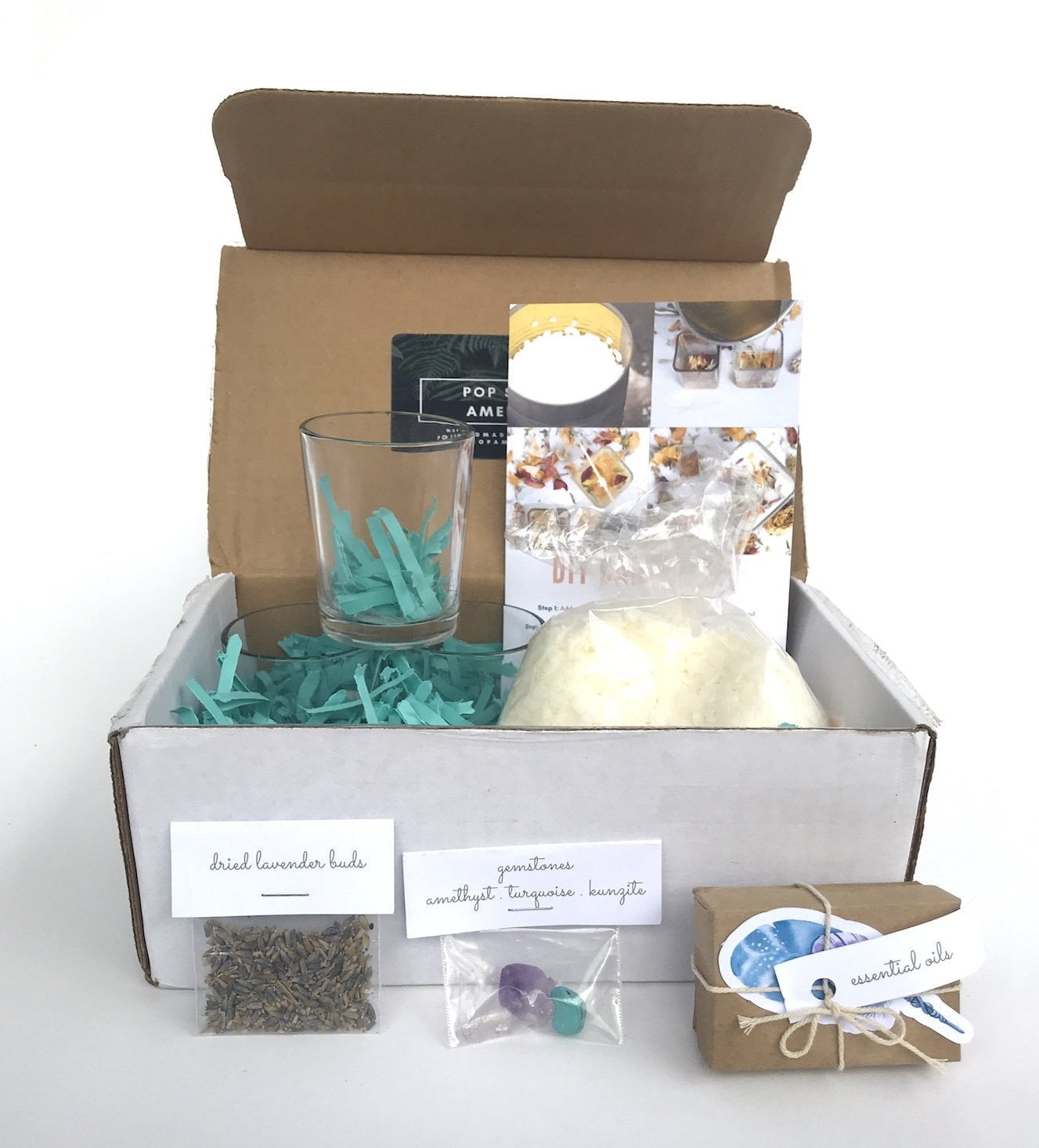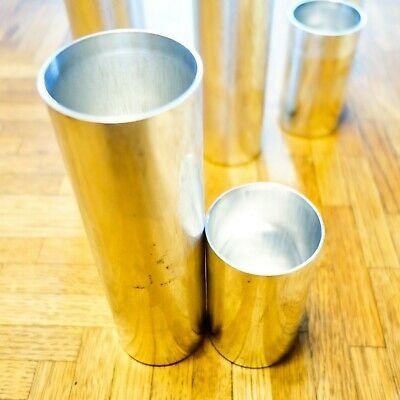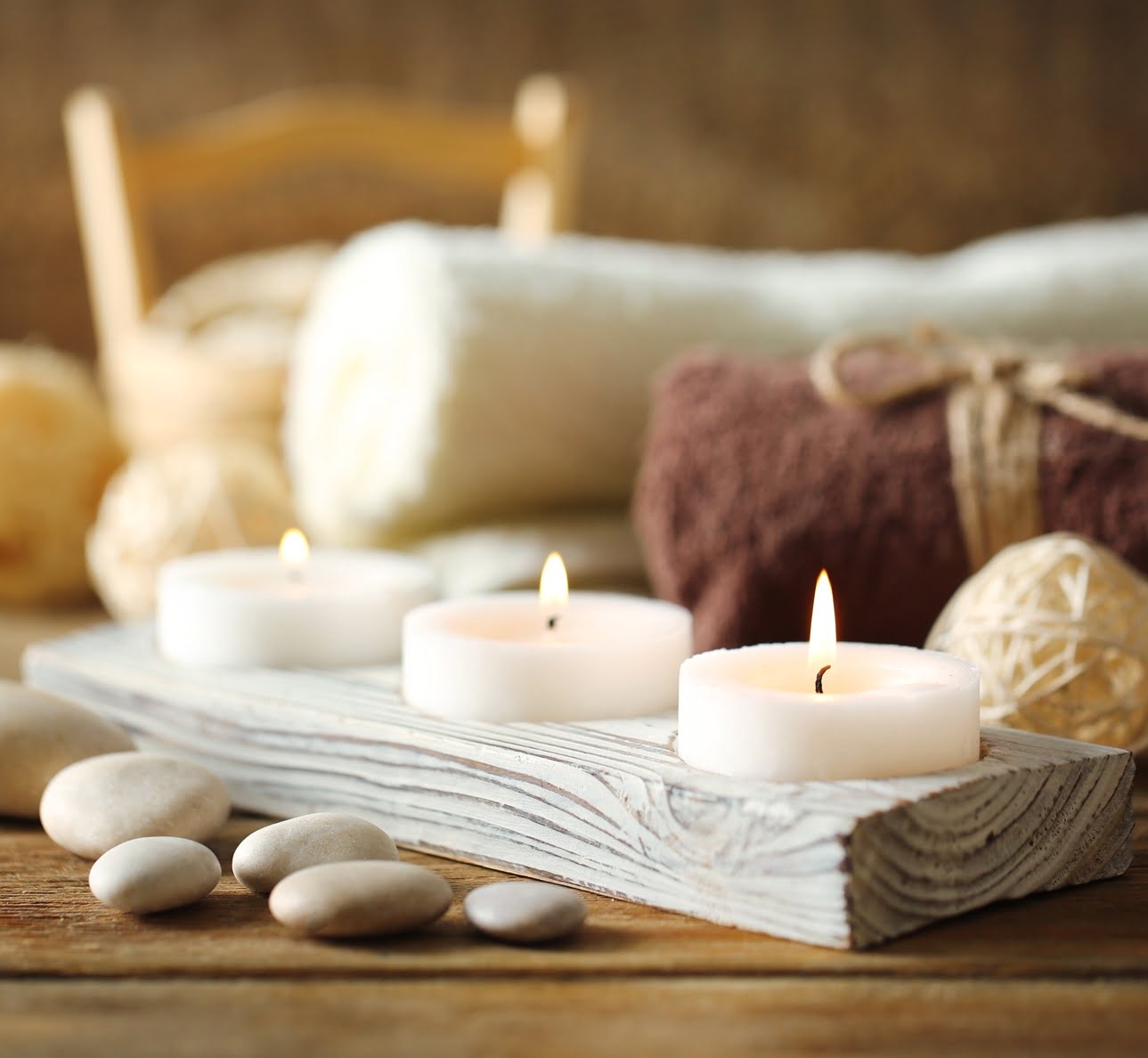Are you wondering what kind of wax is best for candle making? Candle making is an ancient craft with a rich history and cultural significance. From providing light to creating ambiance, candles have been used for various purposes throughout the centuries. The process of making candles involves melting wax, adding fragrance and color, and pouring the liquid into molds before allowing it to cool and solidify.
There are several types of candle wax available on the market, each with its own set of properties and characteristics. Some popular options include beeswax, paraffin wax, soy wax, coconut wax, palm wax, and gel wax. Each type of wax has its own pros and cons, and factors such as scent throw, burn time, sustainability, cost, and ease of use should be considered when choosing the right wax for your candle making needs.
In this article, we will explore the different types of candle wax in detail and discuss their advantages and disadvantages. We will also provide insights into how to choose the best wax for your specific candle making endeavors. Additionally, we will delve into specific types of waxes such as beeswax, soy wax, and paraffin wax to help you make an informed decision when embarking on your own candle making journey.
Different Types of Candle Wax
When it comes to candle making, the type of wax you choose plays a crucial role in the quality and characteristics of your finished product. There are several different types of candle wax available, each with its own unique qualities and properties. Here are some of the most popular options:
- Beeswax: Known for its natural fragrance and clean-burning properties, beeswax is a favorite among many candle makers. It also has a long burn time, making it a great choice for high-quality candles.
- Paraffin Wax: This traditional choice is known for its affordability and excellent scent throw. It is easy to work with and can hold a large amount of fragrance, making it ideal for scented candles.
- Soy Wax: As an eco-friendly option, soy wax has gained popularity in recent years due to its renewable source and clean-burning nature. It also has a good scent throw and provides a longer burn time.
- Coconut Wax: Made from coconut oil, this wax has excellent scent retention and produces a smooth, creamy appearance when solidified. It also has a longer burn time compared to other waxes.
- Palm Wax: Known for its natural crystalline look, palm wax creates beautiful designs in candles. It also holds more fragrance than other waxes and has a longer burn time.
Each type of wax has its own pros and cons, so it’s important to consider factors such as scent throw, burn time, sustainability, cost, and ease of use when choosing the best wax for your candle making needs. By understanding the characteristics of each type of wax, you can make an informed decision that suits your specific preferences and requirements.
Whether you prioritize natural ingredients or environmental sustainability, there is a perfect wax out there for your candle making journey.
Pros and Cons of Each Wax Type
When it comes to choosing the best wax for your candle making venture, it’s important to consider the pros and cons of each wax type available in the market. Each wax has its own set of characteristics that affect the way a candle performs, so understanding these differences is crucial in making an informed decision.
Beeswax
Beeswax is a natural and sustainable option for candle making. It has a natural honey scent and produces a warm, beautiful glow when lit. However, beeswax can be expensive compared to other waxes, making it less cost-effective for large-scale production. Additionally, it has a higher melting point which may require more attention during the candle making process.
Paraffin Wax
Paraffin wax is the traditional choice for candle making due to its low cost and ease of use. It has excellent scent throw and provides good burn time. However, paraffin wax is derived from petroleum, leading to concerns about its environmental impact and potential health hazards when burned.
Soy Wax
Soy wax is known for being eco-friendly and clean-burning. It has a lower melting point and excellent scent throw. While soy wax may not hold fragrance as well as other waxes, it offers a sustainable alternative for environmentally conscious candle makers.
Each type of wax has its own unique qualities, so consider factors such as burn time, scent throw, sustainability, cost, and ease of use when deciding on the best wax for your candle making needs. Experimenting with different waxes can also provide insight into which one works best for the specific candles you want to create. What kind of wax is best for candle making ultimately depends on your preferences and priorities as a candle maker.
Factors to Consider When Choosing Candle Wax
When it comes to choosing the best wax for candle making, there are several important factors to consider. One of the most crucial elements is the type of wax being used, as this will directly impact the quality and characteristics of the finished candle. Additionally, factors such as scent throw, burn time, sustainability, cost, and ease of use also play a significant role in determining which wax is best suited for your candle making needs.
Scent throw refers to the ability of the wax to disperse fragrance into the surrounding area when the candle is burned. Different waxes have varying abilities to hold and release scents, so it’s essential to consider this factor when choosing a wax for scented candles.
Another important consideration is burn time, as some waxes may burn longer or shorter than others. Sustainability has become increasingly important in recent years, prompting many candle makers to opt for eco-friendly waxes that are renewable and non-toxic.
Cost is another factor that cannot be overlooked. While some waxes may be more affordable upfront, they could end up costing more in the long run due to their burn time or scent throw.
Lastly, ease of use is vital for beginners in candle making. Certain waxes may require specific equipment or techniques for successful results, so it’s important to assess your comfort level with different wax types before making a decision on which one to use for your candles.
Beeswax
When it comes to candle making, the type of wax you use plays a significant role in the quality and characteristics of the final product. Beeswax is often considered the natural choice for many candle makers due to its unique properties and benefits. Beeswax has been used for centuries in candle making and is known for its clean-burning nature and subtle, honey-like aroma.
The use of beeswax in candle making can be attributed to its natural origins and sustainable production. Unlike paraffin wax, which is derived from petroleum, beeswax is a natural byproduct of honey production by bees.
This makes it an eco-friendly option for those who are conscious about the environmental impact of their candle making activities. Additionally, beeswax candles tend to burn longer and cleaner compared to other types of wax, making them a popular choice among those who prioritize sustainability and performance in their candles.
Another key advantage of using beeswax for candle making is its ability to release negative ions when burned. This can help purify the air and reduce indoor pollutants, creating a healthier environment for you and your loved ones. When considering what kind of wax is best for candle making, it’s important to take into account the unique benefits that beeswax offers in terms of sustainability, performance, and air purification.
Soy Wax
One of the key advantages of using soy wax for candle making is its clean-burning characteristics. Soy candles produce minimal soot and do not release toxins into the air when burned, creating a healthier environment for both the candle maker and the end consumer. This makes soy wax an ideal option for those with respiratory sensitivities or allergies. Furthermore, soy wax has a great cold and hot scent throw, meaning it can effectively disperse fragrance throughout a room.
When choosing the best wax for your candle making needs, it’s important to consider factors such as scent throw, burn time, sustainability, cost, and ease of use. Soy wax ticks many of these boxes, making it a versatile choice for both beginners and experienced candle makers alike.
| Advantages | Disadvantages |
|---|---|
| Eco-friendly and renewable resource | Can be more expensive than paraffin wax |
| Clean-burning with minimal soot | May have issues with frosting or adhesion to glass containers |
| Longer burn time | Possibility of poor scent retention in some formulations |
Paraffin Wax
Historical Significance and Longevity
Paraffin wax has been the go-to choice for candle making for centuries, dating back to the 1850s when it was first introduced. Its wide availability and low cost made it a popular option for both commercial and homemade candles. The long-standing use of paraffin wax in candle making has established it as a traditional and reliable choice for crafters and manufacturers alike.
Controversy and Debate
Despite its widespread use, paraffin wax has also faced scrutiny due to its association with petroleum byproducts. As a result, some people have raised concerns about indoor air quality when burning paraffin candles, pointing to potential harmful emissions. This controversy has led to a shift in consumer demand towards alternative, more natural options like soy or beeswax.
Benefits as a Candle Making Wax
In terms of performance, paraffin wax offers excellent scent throw and creates beautiful, vibrant colors when used with dyes. It also has a longer burn time compared to some other waxes, making it an attractive choice for those seeking candles with extended lifespans. Additionally, paraffin wax is known for its ease of use during the candle crafting process, making it suitable for both beginners and experienced candle makers.
When considering what kind of wax is best for candle making, it’s important to weigh the historical significance, performance benefits, and controversies surrounding paraffin wax before selecting it as your preferred choice.
Choosing the Best Wax for Your Candle Making Needs
When it comes to candle making, choosing the right wax is crucial to the success of your project. With various options available in the market, it can be overwhelming to determine which type of wax is best suited for your candle making needs. Factors such as scent throw, burn time, sustainability, cost, and ease of use are important considerations when selecting the appropriate wax for your candles.
Beeswax is known for its natural origins and clean-burning properties. It has a natural honey-like scent and produces a bright flame. While it may be more costly compared to other wax types, beeswax offers a longer burn time and excellent scent throw, making it a popular choice for premium quality candles.
Soy wax has gained popularity in recent years due to its eco-friendly nature. Made from soybean oil, this wax is biodegradable and renewable. It also offers good scent throw and burn time, making it an ideal choice for environmentally conscious crafters. Additionally, soy wax adheres well to glass containers, resulting in a smooth and even finish for container candles.
Paraffin wax has been a traditional choice for candle making since the 19th century. It is known for its affordability, ease of use, and excellent scent throw. However, there have been concerns about its sustainability and environmental impact due to its petroleum-based origins. Despite this controversy, paraffin wax remains widely used in the industry due to its versatility and long-standing reputation.
In order to choose the best wax for your candle making needs, consider factors such as the type of candles you want to create (e.g. pillar candles or container candles), the desired fragrance strength and burn time, as well as any ethical or sustainability concerns you may have. Experimenting with different wax types can also provide valuable insights into their unique characteristics and qualities.
| Wax Type | Properties |
|---|---|
| Beeswax | Natural origin; clean-burning; longer burn time; excellent scent throw |
| Soy Wax | Eco-friendly; biodegradable; renewable; good scent throw; adheres well to glass containers |
| Paraffin Wax | Affordable; easy to use; strong scent throw; controversial sustainability aspects due to petroleum-based origins |
Conclusion
In conclusion, the world of candle making offers a wide array of wax options, each with its own unique set of characteristics and benefits. Whether it’s the natural and aromatic beeswax, the eco-friendly soy wax, or the traditional paraffin wax, there is a perfect choice for every candle maker.
When considering what kind of wax is best for candle making, it’s important to weigh factors such as scent throw, burn time, sustainability, cost, and ease of use in order to make an informed decision.
Ultimately, the best wax for your candle making journey will depend on your specific needs and preferences. Beeswax may be the natural choice for those seeking a fragrant and long-lasting option, while soy wax presents itself as the eco-friendly alternative with clean-burning properties.
On the other hand, paraffin wax remains a widely-used traditional choice despite some controversy surrounding its use. Each type of wax has its place in the industry and offers various advantages for different types of candles.
As you embark on your candle making endeavors, don’t be afraid to experiment with different wax types to achieve varying results. By understanding the pros and cons of each wax type and considering factors such as scent throw and burn time, you can confidently choose the best wax for your unique candle making needs. Whatever your decision may be, may it bring warmth and light to those who enjoy your beautifully crafted candles.
Frequently Asked Questions
What Kind of Wax Makes the Best Candles?
The best kind of wax for making candles is typically soy wax, as it is natural, sustainable, and burns cleanly. Soy wax also has a slower burn time, which means the candle will last longer. Additionally, soy wax holds fragrance well and provides a strong scent throw when the candle is lit.
What Wax to Avoid in Candles?
It’s best to avoid paraffin wax in candles, as it is derived from petroleum and can release harmful chemicals when burned. This can result in poor air quality and potential health risks. Paraffin wax also tends to produce more soot and black smoke compared to other waxes.
What Wax Is Used in Luxury Candles?
Luxury candles often use a blend of natural waxes, such as soy wax, coconut wax, or beeswax. These waxes are known for their clean burning properties and ability to hold complex and high-quality fragrances. These luxury candles may also incorporate other premium ingredients like essential oils or unique decorative containers.

Welcome to my candle making blog! In this blog, I will be sharing my tips and tricks for making candles. I will also be sharing some of my favorite recipes.





